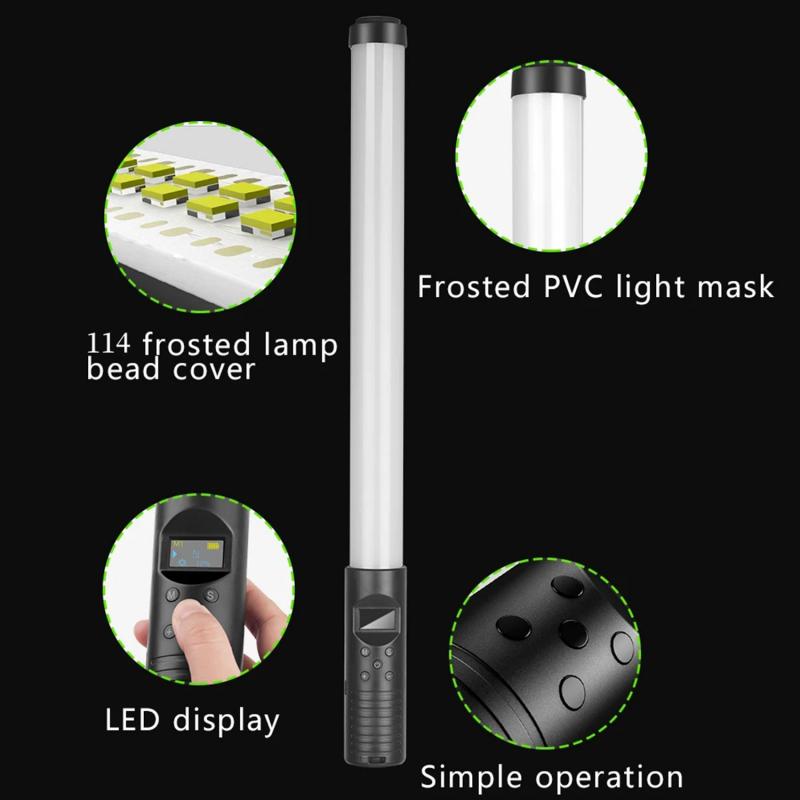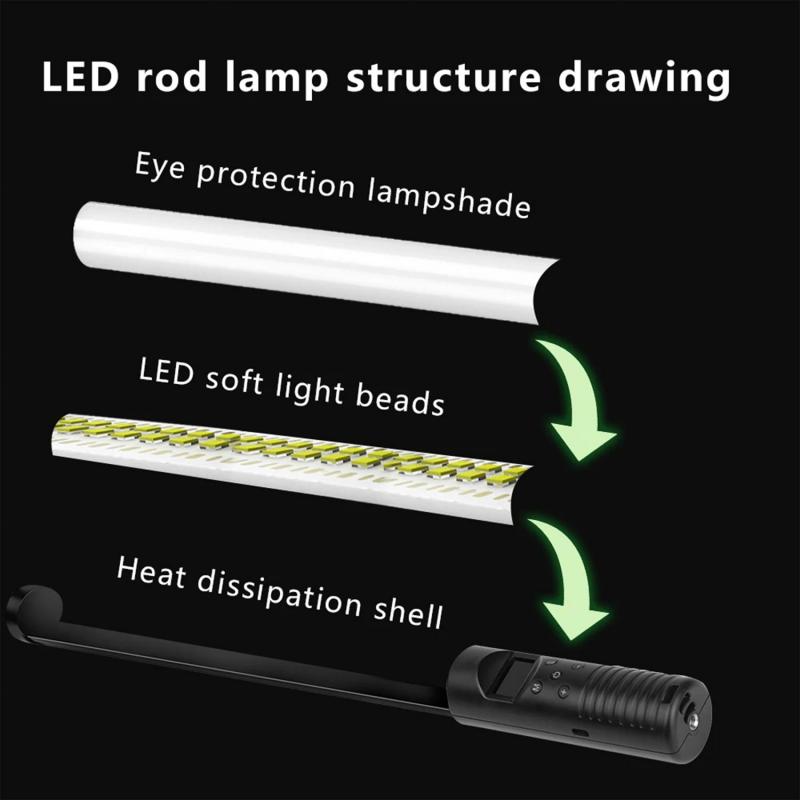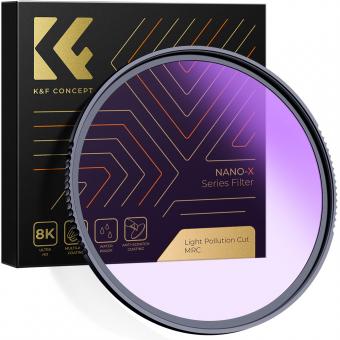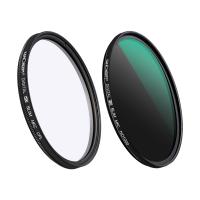Are Light Rays Used In Light Microscopes ?
Yes, light rays are used in light microscopes to illuminate the specimen being observed.
1、 Illumination: Light source and its role in microscopy.
Yes, light rays are used in light microscopes for illumination. The light source plays a crucial role in microscopy as it provides the necessary illumination to visualize the specimen under observation. In a traditional light microscope, a light source such as a halogen lamp or an LED emits light rays that pass through a condenser lens system. The condenser lens focuses and directs the light rays onto the specimen, which then interacts with the specimen and is either absorbed, transmitted, or scattered.
The interaction of light with the specimen allows for the formation of an image, which is then magnified and observed through the eyepiece or captured by a camera. The use of light rays in microscopy enables the visualization of the specimen's details, such as its structure, morphology, and cellular components.
In recent years, there have been advancements in light microscopy techniques, such as confocal microscopy and fluorescence microscopy. These techniques utilize specific properties of light, such as its ability to be focused into a thin plane and its interaction with fluorescent molecules, respectively. These advancements have further enhanced the capabilities of light microscopes, allowing for higher resolution imaging and the visualization of specific cellular components or molecules within the specimen.
In conclusion, light rays are indeed used in light microscopes for illumination. The light source and its role in microscopy are fundamental in enabling the visualization and study of specimens, and recent advancements have expanded the capabilities of light microscopy techniques.

2、 Condenser: Focusing and directing light rays onto the specimen.
Yes, light rays are used in light microscopes. The condenser is an essential component of a light microscope that focuses and directs light rays onto the specimen. The condenser is located beneath the stage and consists of a series of lenses and an adjustable diaphragm.
The primary function of the condenser is to gather and concentrate light from the microscope's light source, typically a halogen lamp or an LED. It then focuses this light into a cone-shaped beam that passes through the specimen on the slide. By focusing the light rays onto the specimen, the condenser ensures that the specimen is evenly illuminated, allowing for clear and detailed observation.
The condenser also plays a crucial role in controlling the quality of the light that reaches the specimen. The adjustable diaphragm allows the user to regulate the amount of light passing through the condenser. By adjusting the diaphragm, one can control the intensity and contrast of the image. This is particularly useful when observing specimens with varying levels of transparency or when dealing with thick or dense samples.
It is important to note that while light rays are used in light microscopes, there have been advancements in microscopy techniques that utilize other types of rays, such as X-rays or electron beams. These techniques, known as X-ray microscopy and electron microscopy, respectively, offer higher resolution and the ability to observe structures at the nanoscale. However, light microscopy remains a widely used and accessible technique for many biological and medical applications.

3、 Objective Lens: Collecting and magnifying light rays from the specimen.
Yes, light rays are used in light microscopes. The objective lens in a light microscope is responsible for collecting and magnifying the light rays that pass through the specimen. This lens is located close to the specimen and is designed to gather as much light as possible to create a clear and magnified image.
When light passes through the specimen, it interacts with the different structures and components within it. These interactions cause the light rays to change direction and intensity. The objective lens collects these rays and focuses them onto the eyepiece, where they are further magnified for observation by the viewer.
Light microscopes have been widely used in scientific research and education for centuries. They have provided valuable insights into the structure and function of various biological specimens, such as cells, tissues, and microorganisms. The use of light rays in these microscopes allows for the visualization of these specimens at a level of detail that is not visible to the naked eye.
In recent years, there have been advancements in microscopy techniques that utilize other types of rays, such as X-rays and electron beams, to achieve higher resolution and greater depth of field. These techniques, known as X-ray microscopy and electron microscopy, respectively, have revolutionized the field of microscopy and have allowed scientists to observe structures at the nanoscale.
However, light microscopes still remain an essential tool in many scientific disciplines due to their ease of use, affordability, and ability to observe living specimens in real-time. They continue to be used in various fields, including biology, medicine, and materials science, to study and understand the intricate details of the microscopic world.

4、 Eyepiece: Further magnification and observation of light rays.
Yes, light rays are used in light microscopes. Light microscopes, also known as optical microscopes, use visible light to illuminate and magnify specimens. The basic principle of a light microscope involves passing light rays through a series of lenses to produce a magnified image of the specimen.
The light source in a light microscope emits a beam of light, which is focused onto the specimen by the condenser lens. The specimen interacts with the light, causing some rays to be absorbed and others to be transmitted or scattered. The objective lens, located near the specimen, collects the transmitted or scattered light rays and further magnifies them. These rays then pass through the eyepiece, where they are further magnified and observed by the viewer.
The eyepiece of a light microscope plays a crucial role in the magnification and observation of light rays. It contains additional lenses that further enlarge the image produced by the objective lens. This allows the viewer to see a highly magnified and detailed image of the specimen.
It is important to note that light microscopes have limitations in terms of resolution and magnification. The maximum resolution of a light microscope is limited by the wavelength of visible light, which is around 400-700 nanometers. This means that it is not possible to observe structures smaller than this limit using a light microscope. However, advancements in technology, such as the development of confocal microscopy and super-resolution techniques, have pushed the boundaries of what can be achieved with light microscopes.
In conclusion, light rays are indeed used in light microscopes. The eyepiece of a light microscope allows for further magnification and observation of these light rays, enabling the viewer to examine specimens in detail. While light microscopes have limitations, they continue to be widely used in various scientific fields for their versatility and ease of use.





































